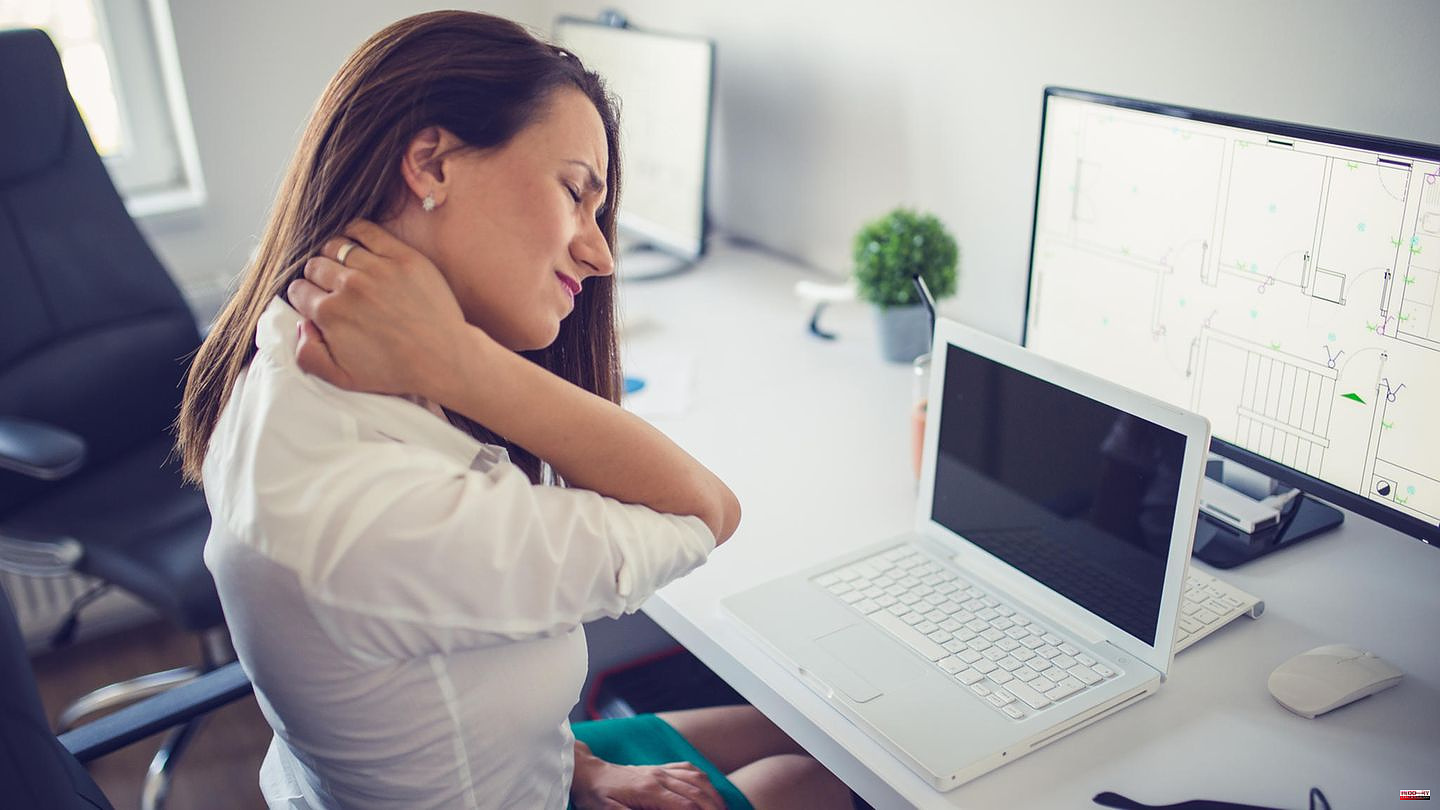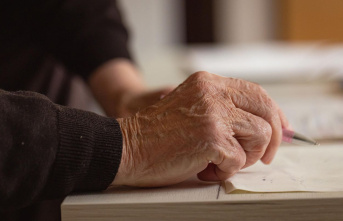A survey of pain patients revealed that 55 percent of men and 35 percent of women suffer from neck tension - and the associated tension headaches, back problems or muscle tension. The symptoms are usually the same: the neck is stiff, so mobility in the head and neck area is severely restricted. It is not uncommon for the pain to radiate into the arms, causing severe headaches or triggering nausea and/or dizziness. The bottom line is that neck tension is no picnic, quite the opposite. Many of those affected feel restricted in everyday life because they can no longer perform at their best. Privately as in professional life. It is all the more important to research the causes and relieve neck tension.
1. Bonded fascia
Our muscles are surrounded by fascia, a network of connective tissue. Usually they are extremely elastic to make the body as flexible as possible. However, if these stick together, for example due to a lack of exercise or stress, they trigger complaints in the back, neck and shoulder areas. There are special methods to loosen the fascia that are sticking together: One of them is fascia training. For this you need a foam roller, which you can use to massage your muscles and connective tissue:
2. Too little exercise
The thoracic spine is normally very agile – but if it is not moved much, for example by sitting too much, the cervical spine has to work more. This in turn means that the muscles around it are permanently tense and hardened by the overload. Pain, neck tension and a stiff neck are the consequences. To counteract this, you have to move more in everyday life, be it through regular exercise or getting up from work every hour, stretching and stretching a bit.
3. Too much stress
If you are constantly energized, your body has to perform at its best: The permanent tension causes your muscles to cramp, causing tension in the neck, shoulder and head area in particular. This is not only very painful, but in the long run can become a serious problem for your health. The magic word here is: stress reduction. Take regular breaks, take a break every now and then and try to stay calm, even in stressful situations.
4. The wrong sleeping position
Do you wake up every morning with a stiff neck or neck tension? Then you may have an unfavorable sleeping position - for example due to the wrong pillow. If your spine is not optimally supported when lying down, your muscles have to work too much at night. In any case, it is important that you do not lie too high and that your mattress cushions your body properly. A special spelled pillow is particularly recommended here, as it optimally supports the head and can relieve or prevent tension in the neck area.
Heat is always the quickest and easiest way to relax muscles. However, since it is difficult for you to put a hot water bottle on your neck, we recommend an elongated grain pillow that you can put around your shoulders while standing or lying down. There are a variety of different designs, all of which are microwave safe and can retain heat for up to 45 minutes.
Alternatively, there are electric neck massagers that work on painful trigger points with small rotating balls and infrared heat to relieve discomfort. The nice thing about it is that it lets you get to places you can't reach with your hands. In addition, you can determine the pressure and speed of the massage balls yourself.
If you don't want to use an electrically operated device but still want to relieve your neck tension, you can also massage the trigger points manually - but not with your hands, but with a special device: the so-called Body Back Buddy. That not only sounds funny, it also looks like it. Still, the massage hooks will help you treat your back, neck, shoulder, legs and feet. Look for yourself:
The acupressure mat offers another way of gently massaging your head, neck and shoulder area: there are 230 plastic plates, each with 27 pressure points, which stimulate your skin and thus all the important acupuncture points - whether lying down or sitting. With regular use, head, shoulder, back and joint pain as well as neck tension and circulatory disorders should be improved.
A tried and tested classic against neck tension is Tiger Balsam. The ingredients it contains (cajeput, camphor, menthol, peppermint and clove) spread a pleasant scent. What is much more important, however, is that when you massage the home remedy into the skin, it heats up - this stimulates your blood circulation, so that your muscles relax and the tension in your neck is relieved.
Unfortunately, if you have managed to relieve the discomfort in the head, neck and shoulder area, this is no guarantee that the pain will not come back. For this reason, you must continue to make sure that you get enough exercise in everyday life, are not exposed to too much stress and prescribe rest periods. For example in the bathtub or a visit to the sauna - because heat can be very healing for neck tension. If you can't manage to exercise, you can also do small exercises in between, at home or at your desk:
Roll your shoulders, tilt your head back and forth, straighten and flex your spine: get on all fours, crouch back, and arch your back again. There are many more exercises that you can do in between to prevent neck tension. For this you need no more than eight minutes a day, as this video shows. In any case, it is important, especially if you constantly have a stiff neck, to do something about it. Because the pain will unfortunately not go away on its own - and it may get so bad that you have to see a doctor. The sooner you start, the better the chances of a speedy recovery.
This article contains so-called affiliate links. Further information are available here.












